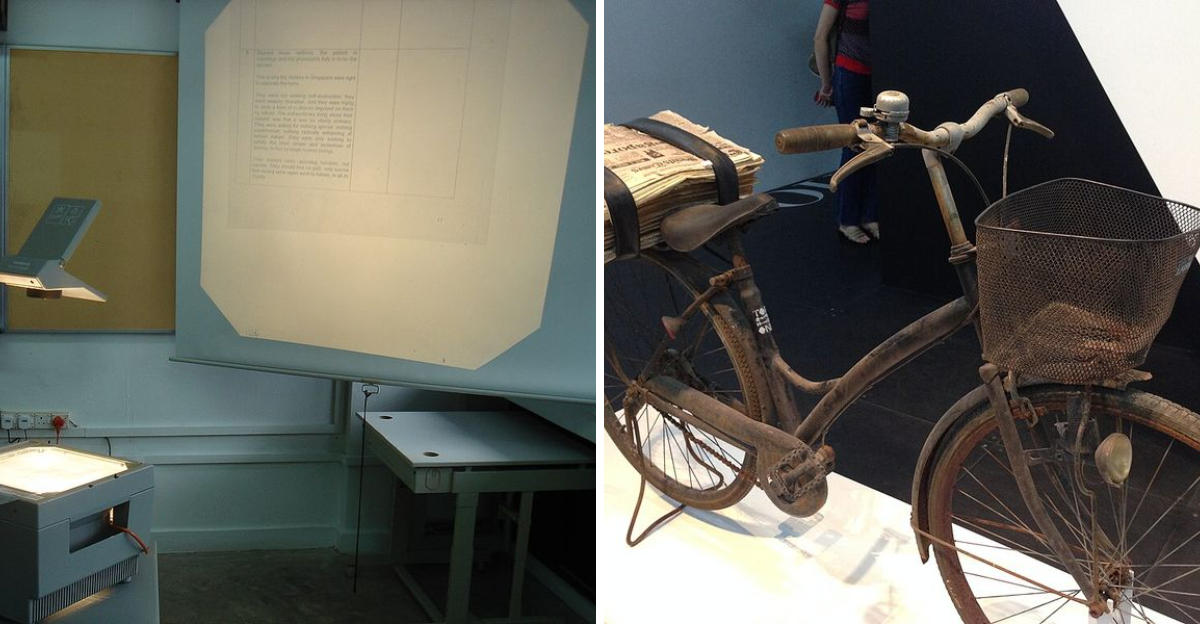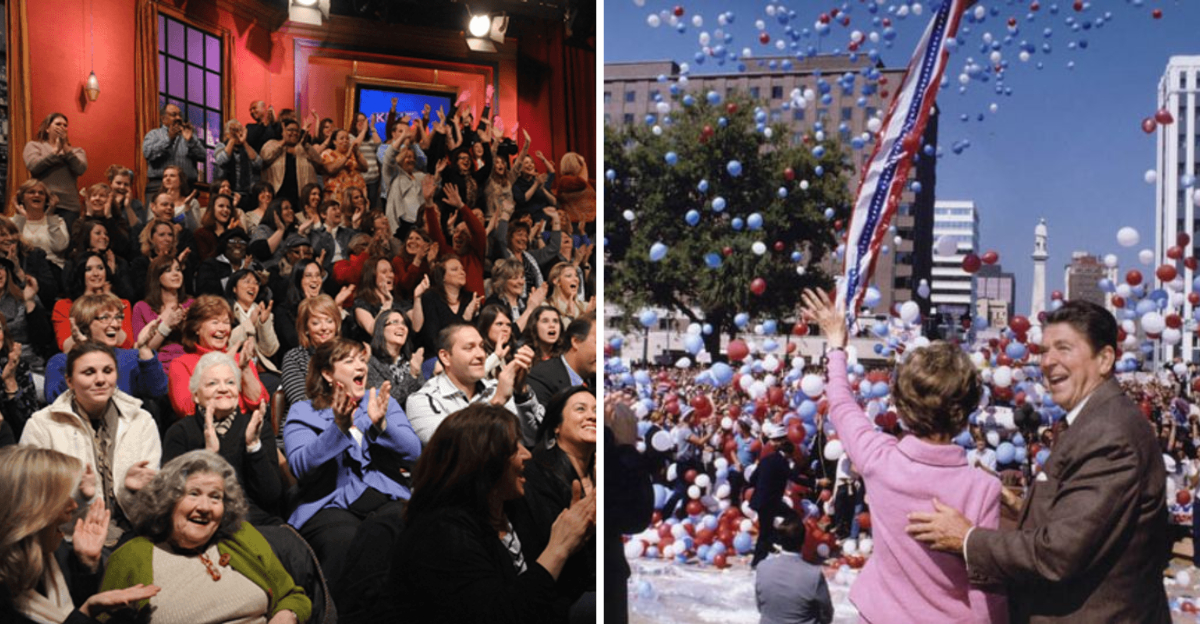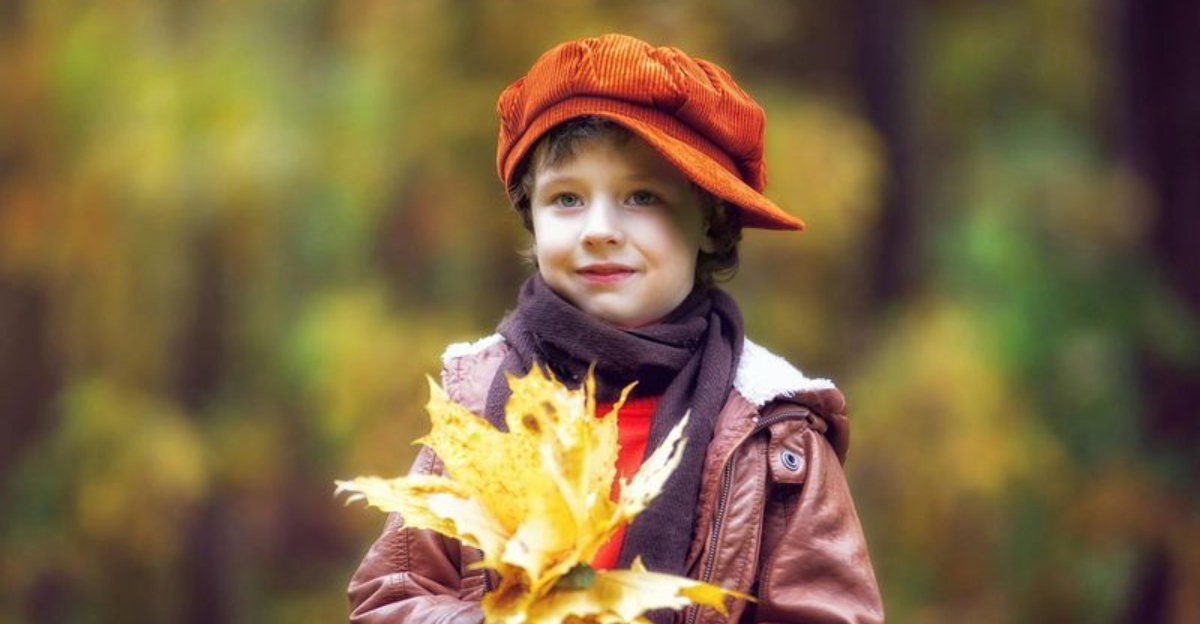17 Historical Images That Bring The Past To Life In A Single Look
Photography has an incredible power to freeze moments in time, allowing us to witness history as it truly happened.
Some images capture such raw emotion, drama, or significance that they transport us instantly to another era.
Get ready to explore remarkable photographs that transform distant history into something you can almost touch and feel.
1. The Hindenburg Disaster
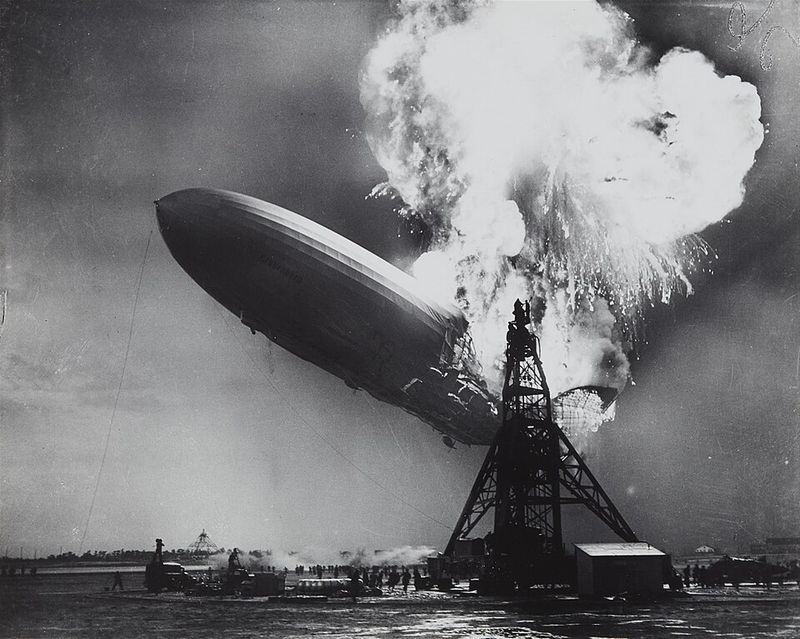
When this German passenger airship burst into flames on May 6, 1937, photographers captured one of history’s most shocking disasters. Within seconds, the massive zeppelin became a fireball, killing 36 people.
Radio reporter Herbert Morrison’s emotional broadcast made this tragedy unforgettable. His voice cracking with horror perfectly matched what the cameras recorded that terrible day.
2. Einstein Sticking Out His Tongue
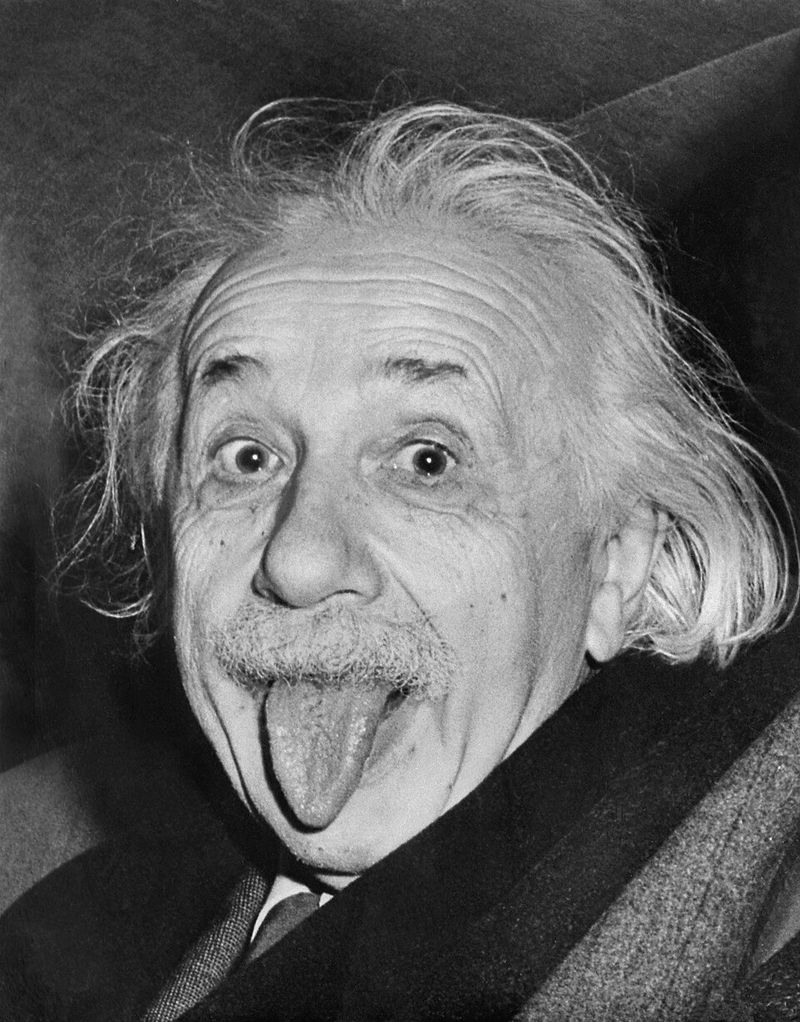
Who knew the world’s greatest genius had such a playful side? On his 72nd birthday, Einstein grew tired of photographers asking him to smile.
Instead of another boring pose, he stuck out his tongue in a moment of pure rebellion. This cheeky snapshot became more famous than any serious portrait ever could.
3. The Lunch Atop a Skyscraper
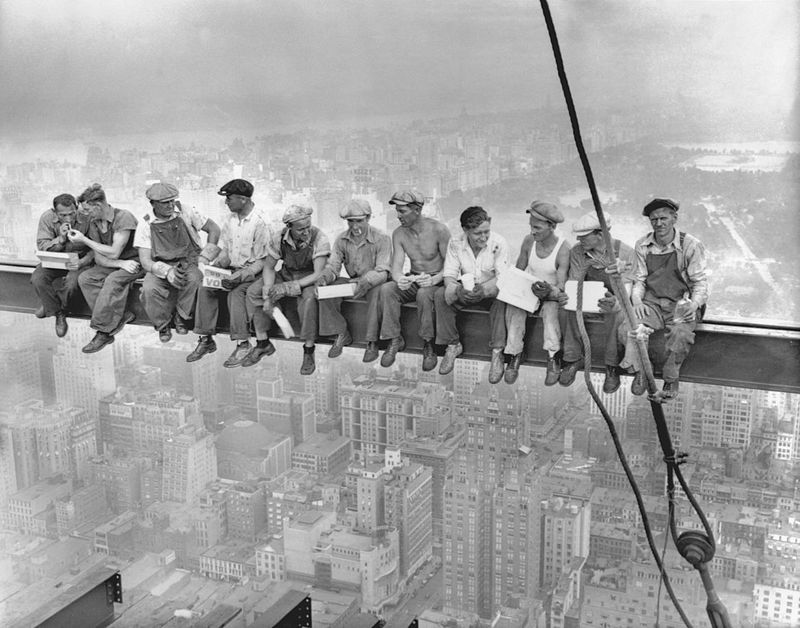
Imagine eating your sandwich while dangling hundreds of feet above Manhattan with no safety harness! These fearless construction workers took their lunch break on a steel beam during Rockefeller Center’s construction.
Their casual attitude toward such incredible danger shows the different safety standards of the 1930s.
4. Migrant Mother
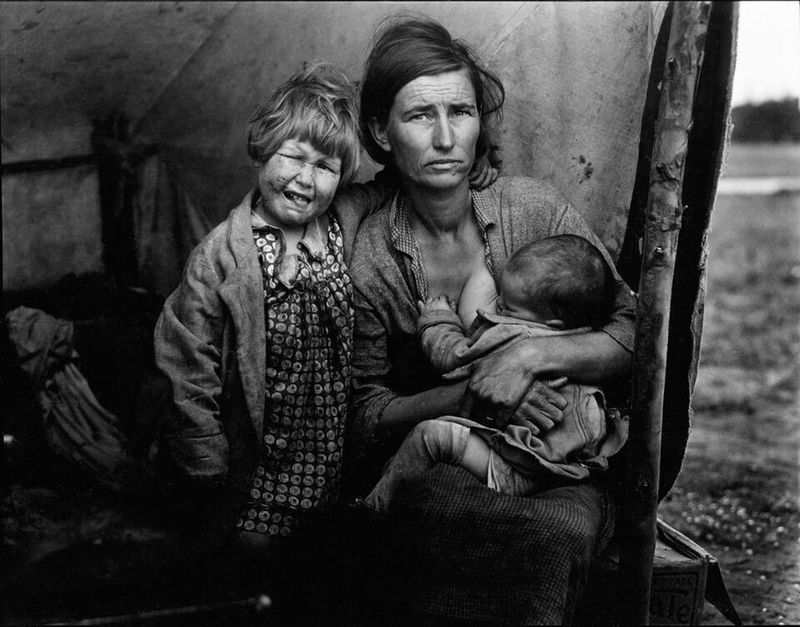
Florence Owens Thompson’s worried expression tells the entire story of the Great Depression without words.
Photographer Dorothea Lange found this struggling mother living in a California pea-pickers camp with seven children.
Her face shows desperation, exhaustion, and fierce determination all at once. This became the defining image of Depression-era poverty.
5. The Situation Room During Bin Laden Raid
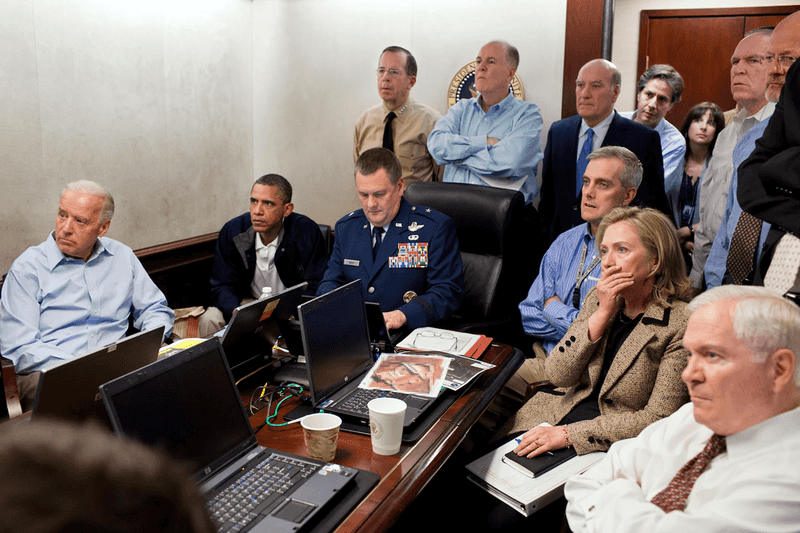
President Obama and his national security team watch tensely as Navy SEALs raid Osama bin Laden’s compound in real-time. Every face shows the incredible stress of that historic moment.
Hillary Clinton’s hand covering her mouth became instantly iconic. You can practically feel the anxiety radiating from this crowded room.
6. The Mushroom Cloud Over Nagasaki
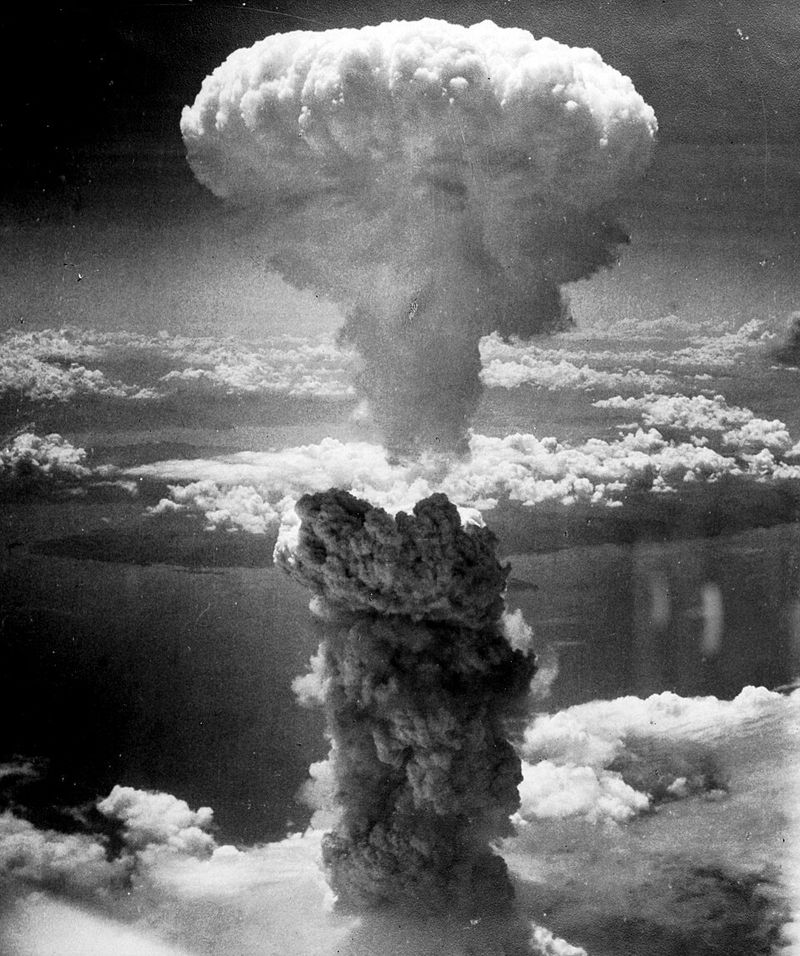
Three days after Hiroshima, another atomic bomb exploded over Nagasaki, creating this terrifying mushroom cloud reaching miles into the sky. The blast killed an estimated 70,000 people instantly.
This photograph represents humanity’s most destructive capability made visible. Nuclear weapons forever changed warfare and international relations.
7. The First Photograph of a Human
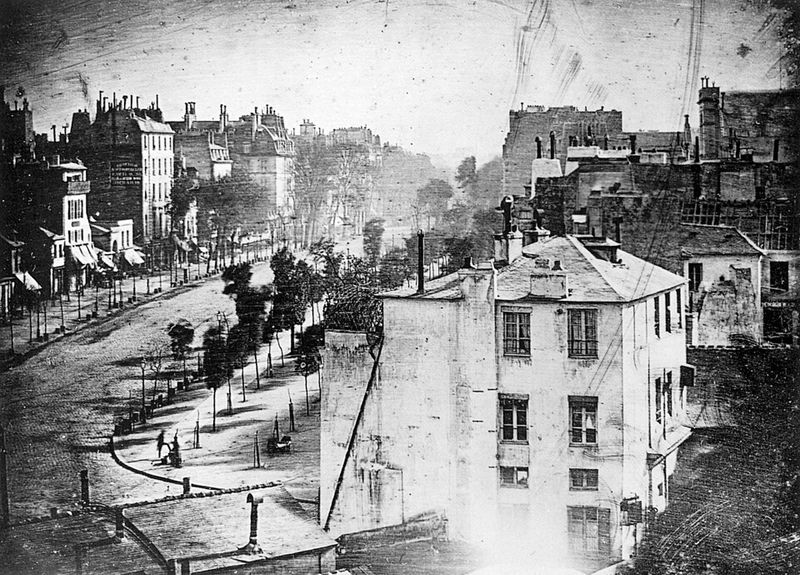
Louis Daguerre captured this Paris street scene in 1838, and hidden in the corner stands photography’s first human subject. Because the exposure took ten minutes, moving people disappeared from the image.
Only one man stood still long enough – getting his boots shined – to be recorded. He had no idea he’d become history!
8. The Flag Raising at Iwo Jima
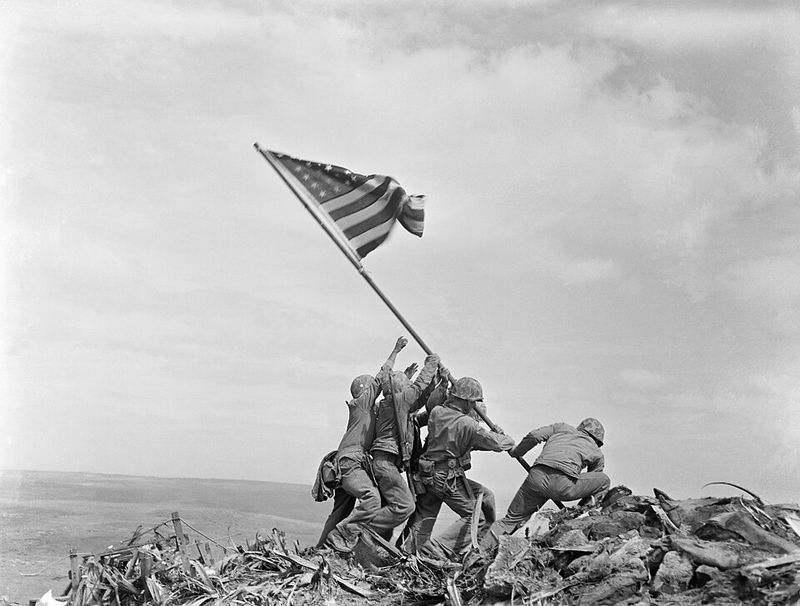
Joe Rosenthal’s photograph of Marines raising the American flag on Mount Suribachi became the most reproduced image in history. This wasn’t actually the first flag raised that day – it was a replacement.
Despite controversy about staging, the image perfectly captured American determination during World War II. Three flag-raisers died before the battle ended.
9. Buzz Aldrin on the Moon
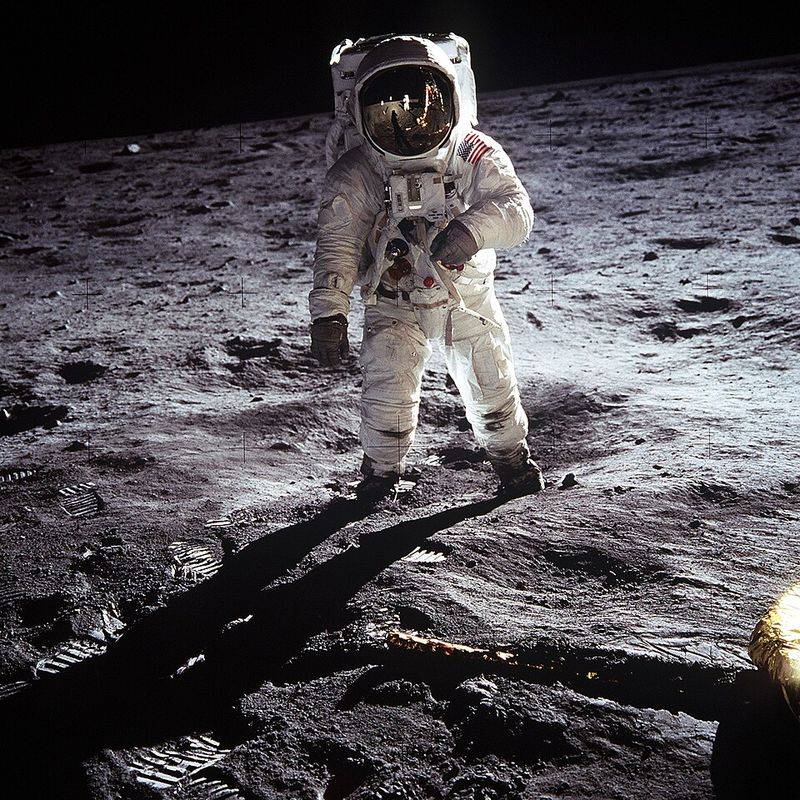
Neil Armstrong photographed Buzz Aldrin standing on the moon’s surface with Earth reflected in his visor. Humanity had finally reached another celestial body after millennia of dreaming.
Look closely at Aldrin’s helmet and you’ll see Armstrong taking the picture. This image proved we could accomplish the seemingly impossible.
10. The Berlin Wall Coming Down
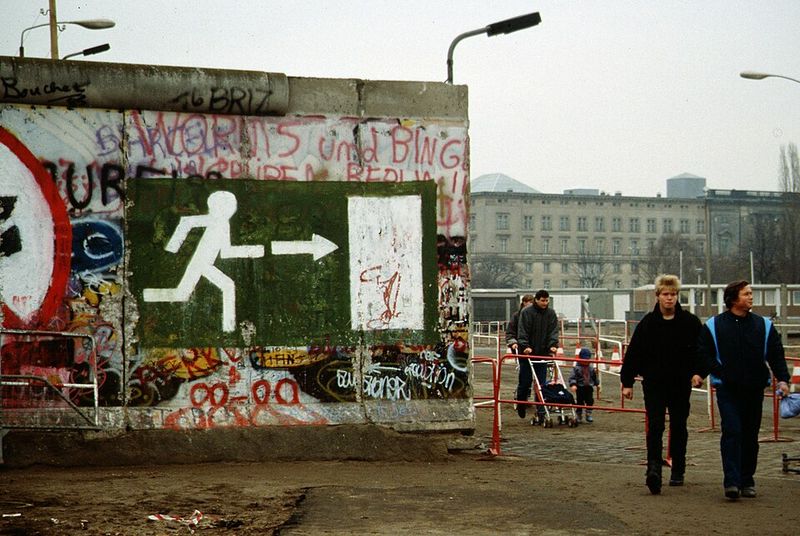
For 28 years, a concrete barrier divided Berlin and symbolized the Cold War. When it finally opened on November 9, 1989, jubilant crowds climbed atop it with hammers and pickaxes.
Watching Germans from both sides embrace and celebrate marked the beginning of communism’s collapse. Freedom literally broke through concrete that night.
11. The Titanic’s Last Photo
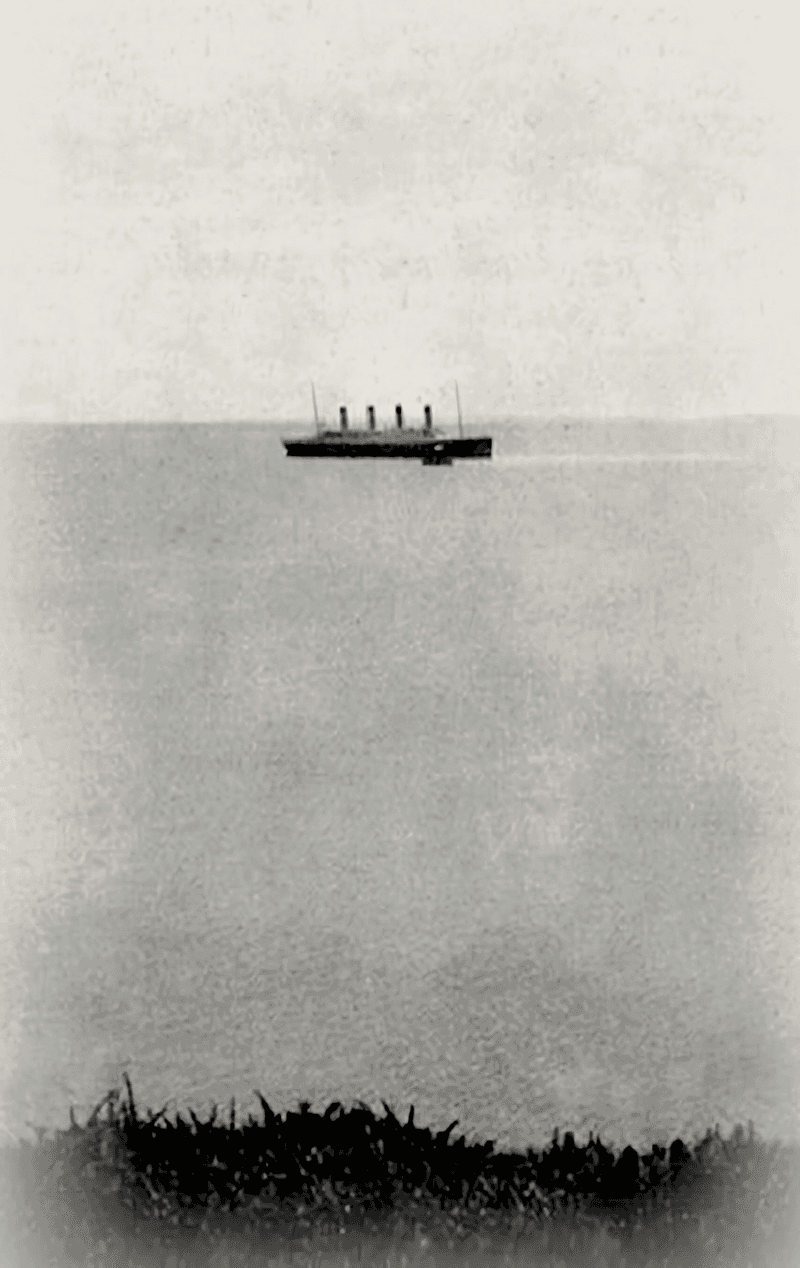
This photograph captured the Titanic leaving Queenstown, Ireland, on April 11, 1912—the last image before disaster struck. Three days later, the “unsinkable” ship rested on the Atlantic Ocean floor.
Over 1,500 passengers never made it to New York. The tragedy reminded everyone that human confidence sometimes exceeds human capability.
12. The V-J Day Kiss in Times Square
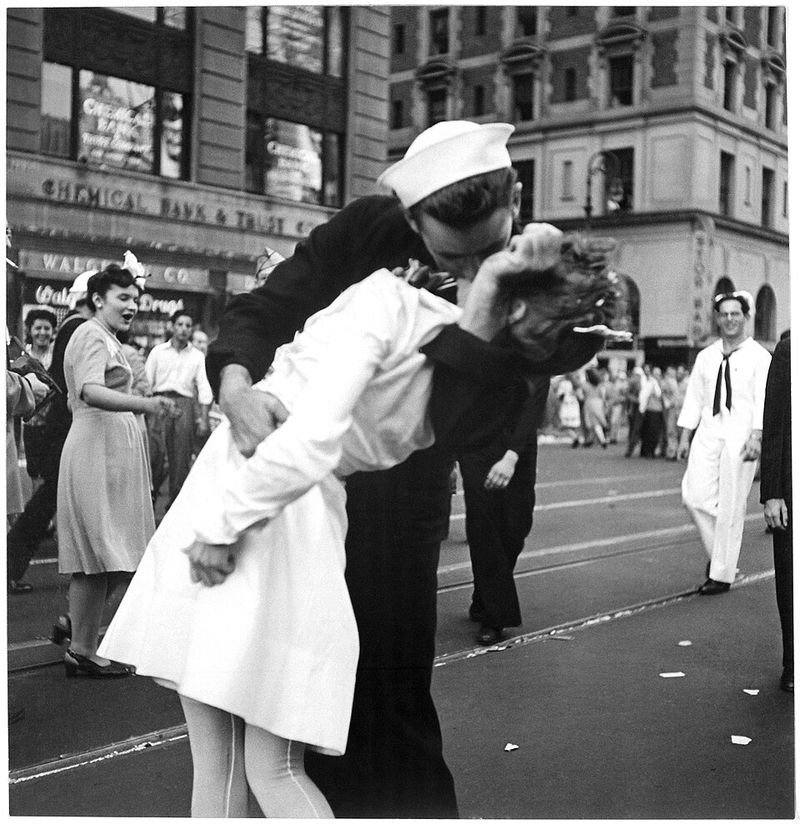
Alfred Eisenstaedt captured pure joy when World War II ended. A sailor grabbed a nurse in Times Square and kissed her in spontaneous celebration of Japan’s surrender.
This image defined victory’s euphoria, though modern perspectives question the consent involved. Historical context and current values sometimes clash when viewing old photographs.
13. The Pillars of Creation
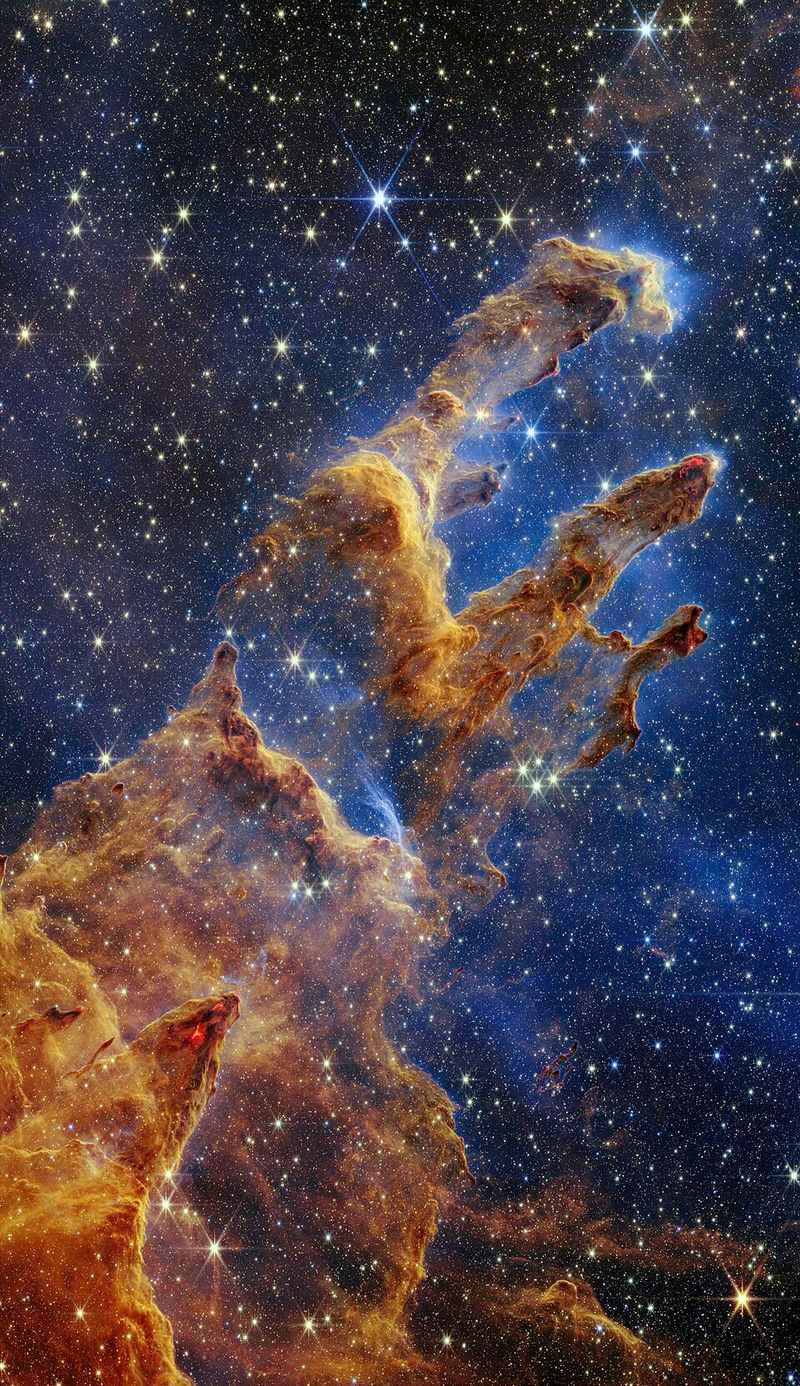
Although captured by telescope rather than traditional camera, this Hubble image from 1995 shows star formation happening in real-time. These massive gas pillars in the Eagle Nebula stretch trillions of miles.
New stars are literally being born in those clouds. Looking at this photograph means seeing creation itself happening 6,500 light-years away.
14. The Pale Blue Dot
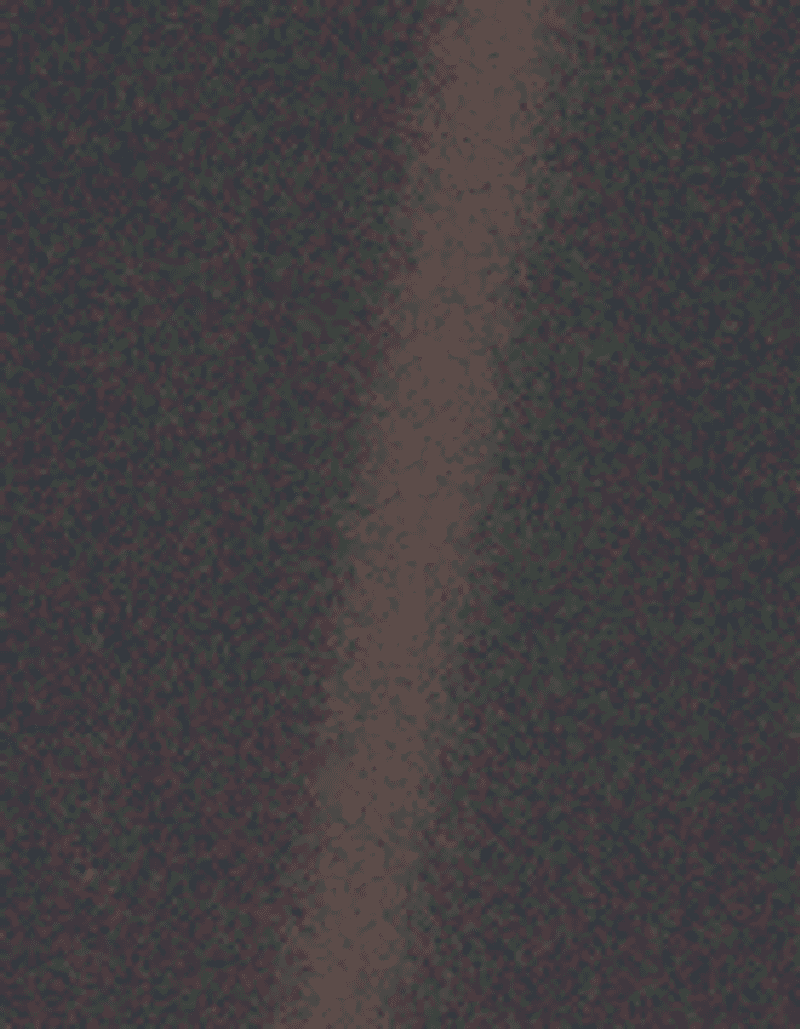
Carl Sagan convinced NASA to turn Voyager 1 around for one last look at Earth from 3.7 billion miles away. Our entire planet appeared as a tiny dot suspended in a sunbeam.
Every human who ever lived exists on that barely visible speck. Talk about perspective on our place in the universe!
15. The First Selfie
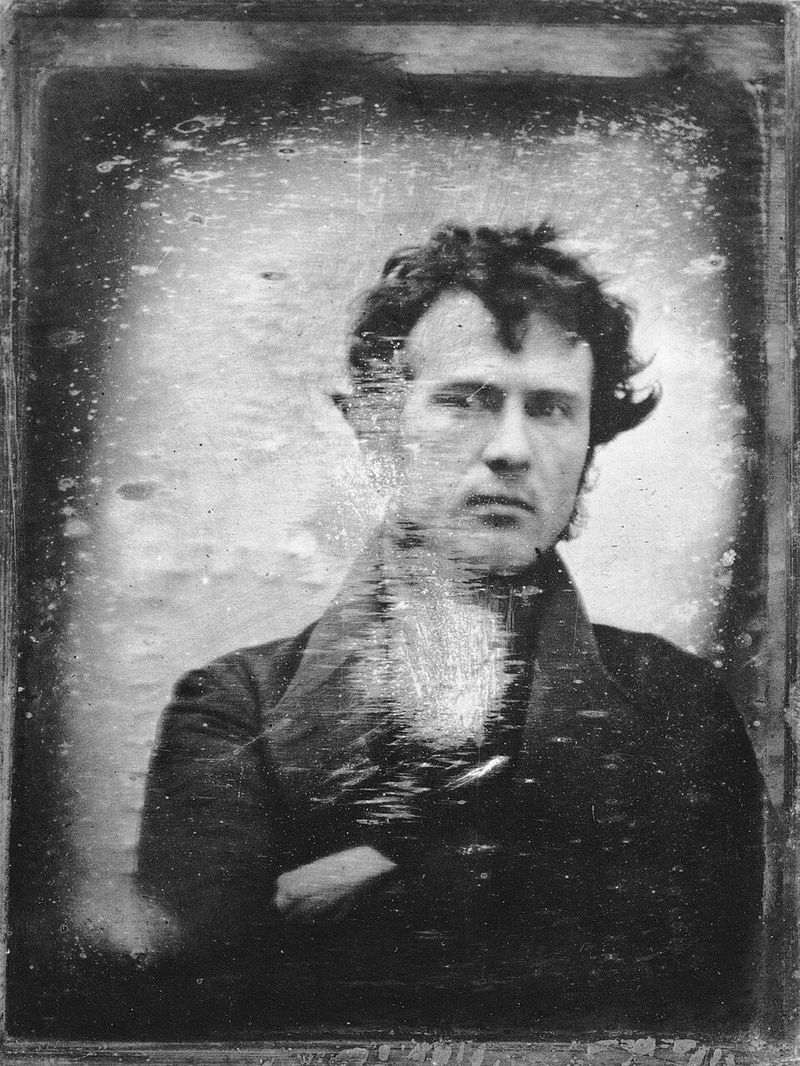
Before smartphones existed, Robert Cornelius set up his camera in 1839, removed the lens cap, ran into frame, and stood still for several minutes. Congratulations, you just invented the selfie!
This daguerreotype proves humans always loved taking pictures of themselves. Some things never change, only the technology improves.
16. The Earthrise from Apollo 8
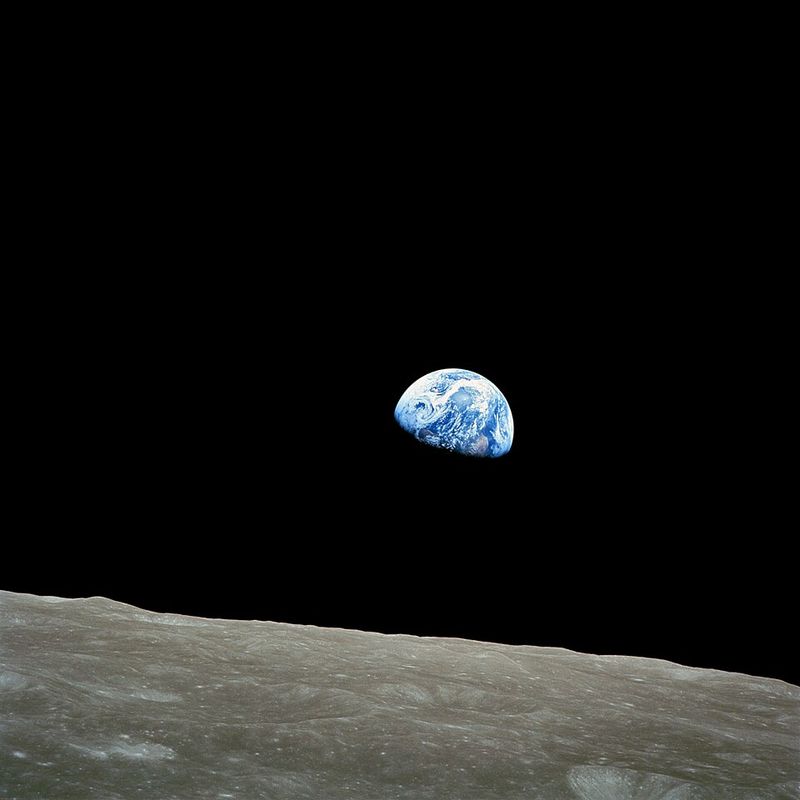
Christmas Eve 1968 gave humanity an unexpected gift: seeing our beautiful blue planet rising over the moon’s desolate horizon. Apollo 8 astronaut William Anders captured this perspective-changing view.
Environmentalists credit this image with launching the modern conservation movement. Suddenly everyone understood how fragile and precious our world truly is.
17. The Blue Marble
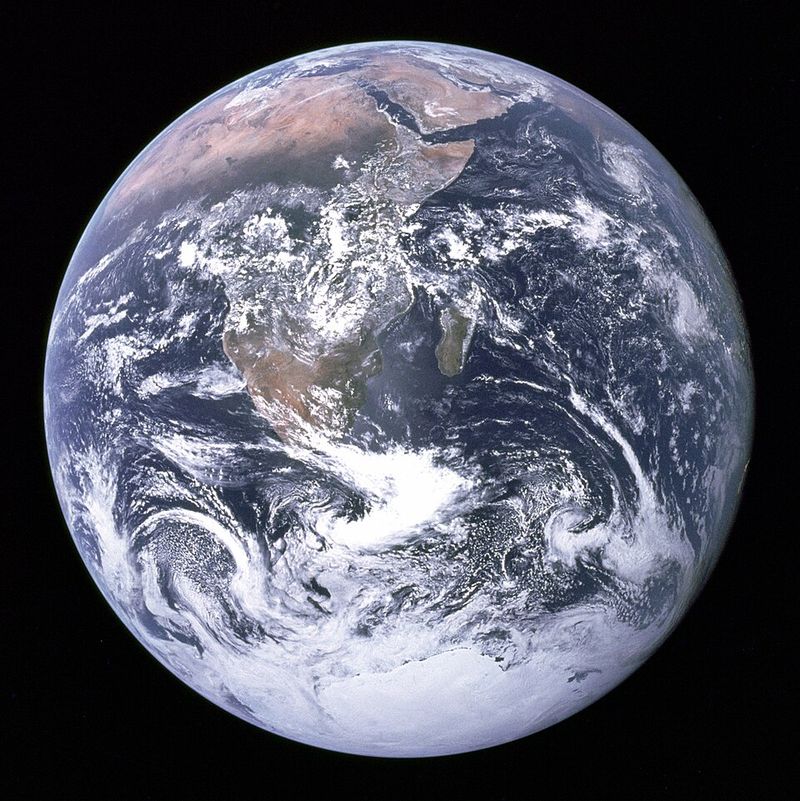
Apollo 17 astronauts captured the first fully illuminated photograph of Earth in 1972. Africa, Antarctica, and swirling clouds created what NASA called “The Blue Marble.”
Before this, nobody had seen our entire planet in one frame. The image became environmental movements’ rallying symbol and remains one of history’s most distributed photographs.


